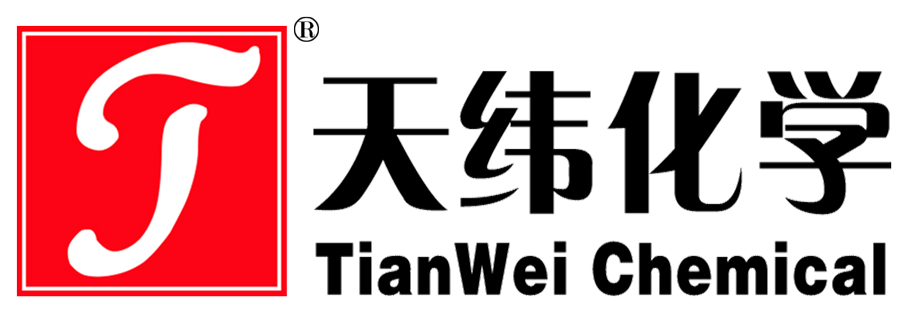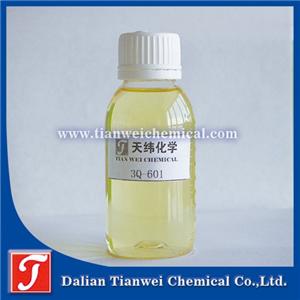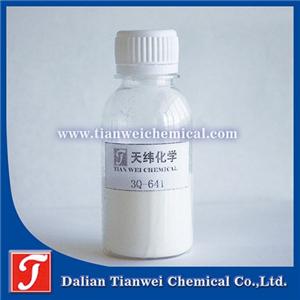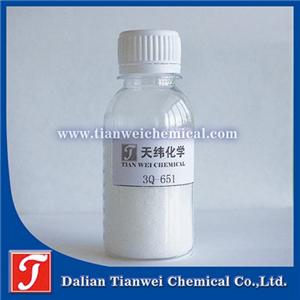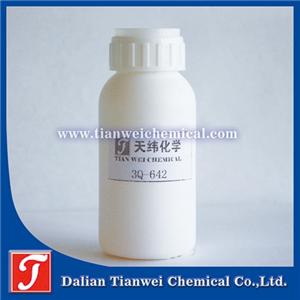Introduction to Antibacterial agents for injection-molded cane handles
The antibacterial agents for the handles of injection-molded walking sticks can be inorganic silver-based antibacterial agents, organic quaternary ammonium salt antibacterial agents or nano zinc oxide antibacterial agents. The specific introduction is as follows:
I. Inorganic silver-based antibacterial agents
Antibacterial principle
By taking advantage of the strong antibacterial ability of silver ions, they are loaded onto the surface of porous materials such as zeolite, silica gel, and zirconium phosphate through physical adsorption or ion exchange.
Silver ions can damage the cell membranes of bacteria, interfere with metabolic processes, and inhibit their growth and reproduction.
Advantages
High antibacterial activity: Silver ions have a strong inhibitory effect on a variety of bacteria and molds.
Good safety: low toxicity, non-irritating, non-carcinogenic, and non-teratogenic.
Good heat resistance: It can withstand high-temperature processing environments and is not prone to decomposition or failure.
Limitations
Color influence: Silver ions are prone to be reduced to elemental silver under light or heating, causing the product to discolor (gray or brown) and affecting transparency.
Weak fungal inhibition: Poor inhibitory effect on some fungi and molds.
Applicable scenarios
It is suitable for injection-molded cane grips with low color requirements or occasions that need long-term antibacterial properties
Ii. Organic quaternary ammonium salt Antibacterial agents
Antibacterial principle
Through the interaction between positive charges and negative charges on the bacterial cell membrane, the membrane structure is damaged, leading to leakage of contents and bacterial death.
Advantages
Fast sterilization speed: Strong initial sterilization power and good immediate effect.
Broad-spectrum antibacterial: Effective against a variety of bacteria and molds.
Easy to process: It is easy to disperse in resin and the technology is mature.
Limitations
Poor heat resistance: It is prone to decomposition and failure under high-temperature processing conditions, and the decomposition products may cause secondary pollution.
Risk of drug resistance: Long-term use may cause bacteria to develop drug resistance.
Safety issues: Some organic antibacterial agents are highly toxic and less safe than inorganic antibacterial agents.
Applicable scenarios
It is suitable for injection molded crutch grips with lower processing temperatures or higher requirements for color stability.
Iii. Nano Zinc Oxide Antibacterial Agent
Antibacterial principle
By taking advantage of the high surface area to volume ratio of nanoparticles, they can directly contact the bacterial cell membrane and destroy its structure.
At the same time, it releases zinc ions, which interfere with the metabolic process of bacteria and inhibit their growth and reproduction.
Advantages
Good heat resistance: It can withstand high-temperature processing environments and is not prone to decomposition or failure.
Color stability: It has little impact on the color of the product and is suitable for transparent or light-colored injection-molded cane handles.
High safety: Low toxicity, non-irritating, and in compliance with environmental protection requirements.
Broad-spectrum antibacterial: Effective against a variety of bacteria and molds.
Limitations
High cost:The preparation process of nanomaterials is complex, and the cost is relatively high.
Dispersibility requirement: It is necessary to ensure that the nanoparticles are uniformly dispersed in the resin; otherwise, it may affect the antibacterial effect.
Applicable scenarios
It is suitable for injection-molded crutch grips with high requirements for heat resistance, color stability and safety.
